China’s Private Equity Rebound: A Strategic Shift Toward Buyouts and LP Activism Signals a New Chapter
After two consecutive years of contraction, China's private equity (PE) market began showing signs of stabilization in 2024. While the overall investment climate remains cautious amid macroeconomic headwinds, a new wave of strategic realignment—led by a growing tilt toward buyouts and more proactive limited partners (LPs)—is redefining the contours of one of the world's largest PE landscapes.
According to Bain & Company's 2025 China Private Equity Market Report, total PE deal value in China edged up 7% year-on-year to $47 billionin 2024. Though modest, the rebound is significant considering the market's nearly 80% decline from its 2019 peak of $240 billion. The key driver behind this recovery? A surge in mega-deals exceeding $1 billion, signaling a pivot away from traditional growth capital toward more control-oriented strategies.

Buyouts Take Center Stage
China's PE market has long been dominated by growth capital, which accounted for around 60% of deal volume in 2024, according to Bain. But the share of control investments—or buyouts—rose to a record 29% of total value, underscoring a meaningful shift in investor preference.
“This transition toward buyouts is a structural change,” said Zhou Hao, Bain's Greater China PE Chair and Global Partner. “Slower GDP growth, a maturing installed base of PE-owned assets, and a greater willingness by founders to relinquish control are all accelerating this move.”
The evolution reflects broader changes in corporate behavior. Founders, especially in second- or third-generation firms, are now prioritizing scalability and professional governance over retaining majority ownership—opening the door for deeper operational involvement by general partners (GPs). For international investors accustomed to control-driven strategies, this shift makes China's PE scene more familiar and potentially more investable.
Fundraising: An Uneven Landscape
Despite the uptick in dealmaking, fundraising in China's PE space remains sharply bifurcated. RMB-denominated funds raised just $4.5 billion in 2024, a 20% drop from 2023, while USD-denominated funds plummeted 30% year-on-year to $1 billion, according to Bain. That's a dramatic fall from $24.8 billion in 2019, highlighting the impact of capital controls, geopolitical tensions, and shifting investor risk appetites.
What's emerging is a “winner-takes-more” environment: The top 10 GPs captured 70% of total fundraising in 2024, compared to just 30% in 2020. Zhou noted that “only the top quartile of firms” will likely be able to raise capital through 2029, marking a significant concentration of capital among elite fund managers.
For foreign LPs—especially sovereign wealth funds and pension schemes seeking China exposure—this trend underscores the need to align with well-established, operationally savvy GPs who can navigate the country's increasingly complex regulatory and economic terrain.

LPs Step into the Spotlight
Perhaps the most noteworthy shift is the evolving role of LPs. Traditionally passive capital allocators, LPs are now actively engaging in deal sourcing, due diligence, and even co-investments, particularly in mega-deals that exceed the capital capabilities of a single fund.
“This reflects both necessity and strategy,” said Nancy Zheng, Bain's Head of Greater China M&A. “As LPs increase their China allocations to diversify global portfolios, they're also responding to a shortage of high-quality GP partners and the growing complexity of the deals themselves.”
For international stakeholders, this evolution opens doors for more direct exposure to Chinese private assets, albeit with higher demands for local insight and operational diligence. The shift also aligns China more closely with global norms, where LP co-investments are standard practice among sophisticated institutions.
Cross-Border Deals: From Capital Outflows to Operational Integration
Chinese GPs are increasingly involved in cross-border investments—not just as financiers, but as value creators. Versuni, formerly Philips Domestic Appliances, benefited from Hillhouse Capital'sacquisition by building stronger partnerships with local distributors in China. Similarly, Amer Sports, acquired by a group including Anta Sports, established a highly cost-effective supply chain in China post-deal.
These case studies underscore a crucial point: China's PE firms are evolving from financiers to ecosystem orchestrators, leveraging domestic market knowledge to accelerate integration and performance in cross-border investments. This model provides global corporations entering China with local agility—something traditional foreign PE players often lack.
For foreign businesses eyeing joint ventures or minority exits in China, partnering with a well-positioned local GP may now offer operational and regulatory advantages that go beyond capital injection.
State Capital's Growing Influence
State-affiliated entities like the State Development and Investment Corporation (SDIC)have been instrumental in shaping China's PE market. Their involvement in sectors such as energy storage (Maxwell)and automotive safety (Key Safety Systems)showcases how strategic capital can drive value creation across industrial chains.
“These government-backed funds are critical not just as investors, but as strategic anchors for exit planning,” Zhou said. In fact, their participation in major M&A projects has created more exit channels in a sluggish IPO market.
The implications are twofold: while government involvement can add credibility and scale to projects, it may also alter exit dynamics and strategic priorities—factors foreign investors must consider when structuring deals.
Challenges Remain: Exit Constraints and Trade Tensions
Despite the rebound in deal activity, exit opportunities remain constrained, especially in public markets. A weak IPO environment and valuation mismatches between buyers and sellers have made secondary sales and M&A exits the more viable paths, although even those are fraught with complexity.
Zheng cautioned that cash flow challenges from delayed exitsmay slow future capital deployment. “GPs are prioritizing exits from longer-held companies to recycle capital,” she said. “Without successful exits, future fundraising and deal execution will be hampered.”
In parallel, Bain flagged rising geopolitical risks, particularly trade frictions and tariff disputes, as key issues for PE firms to address. Portfolio companies need contingency plans—such as cost reallocation strategies and supply chain diversification—to weather potential shocks.
From a strategic advisory perspective, PE firms must now act as risk consultants, helping companies assess competitive impacts and client resilience under tariff-driven stress scenarios.









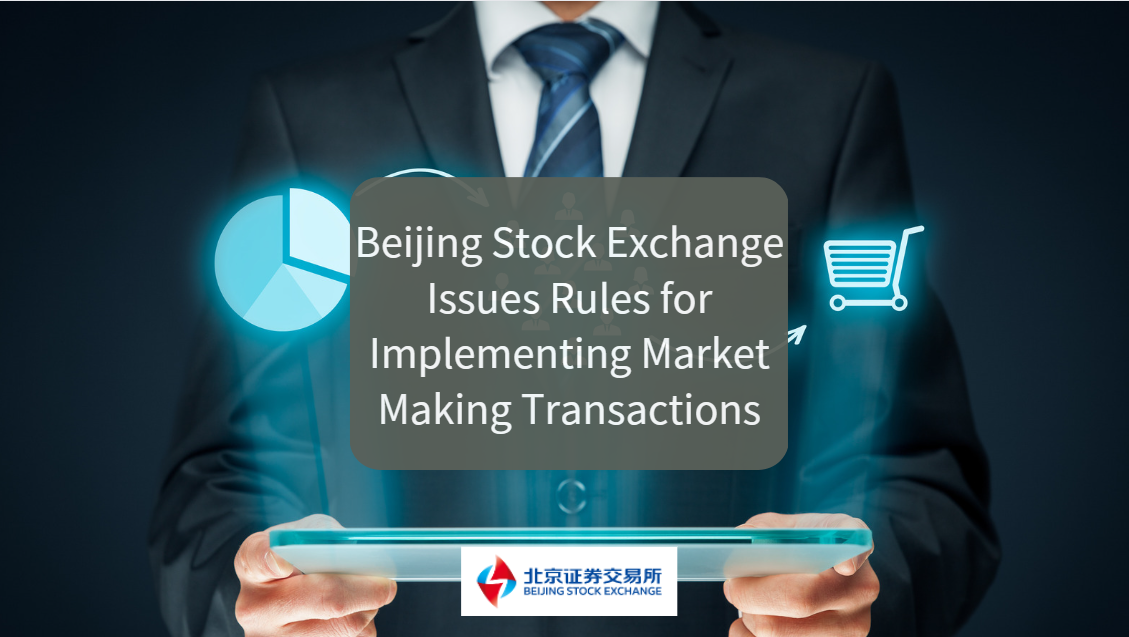

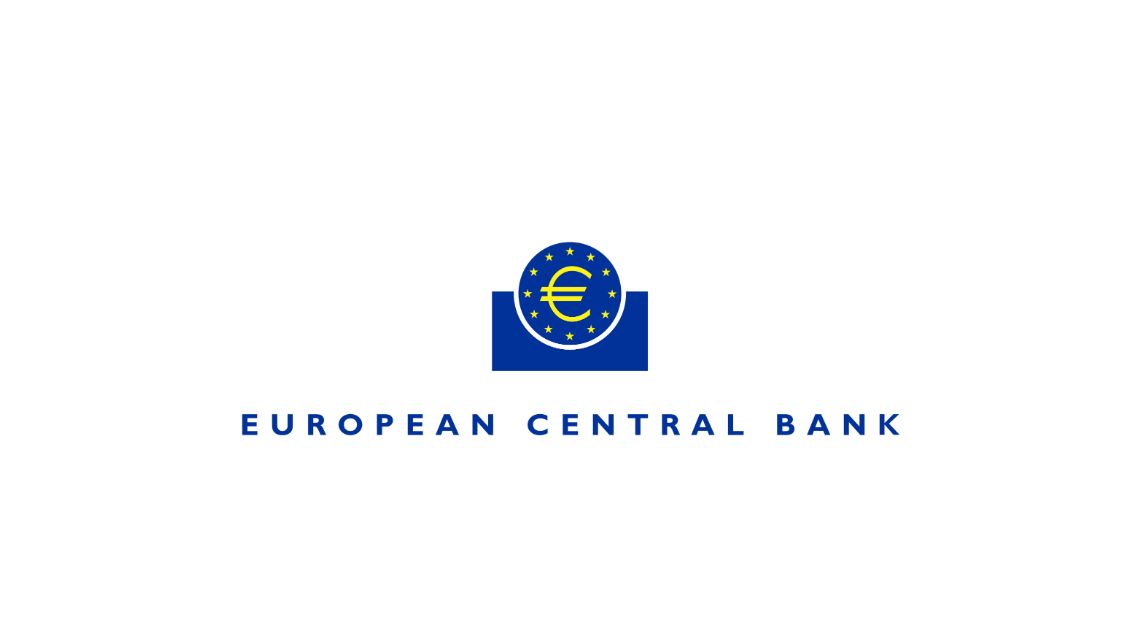

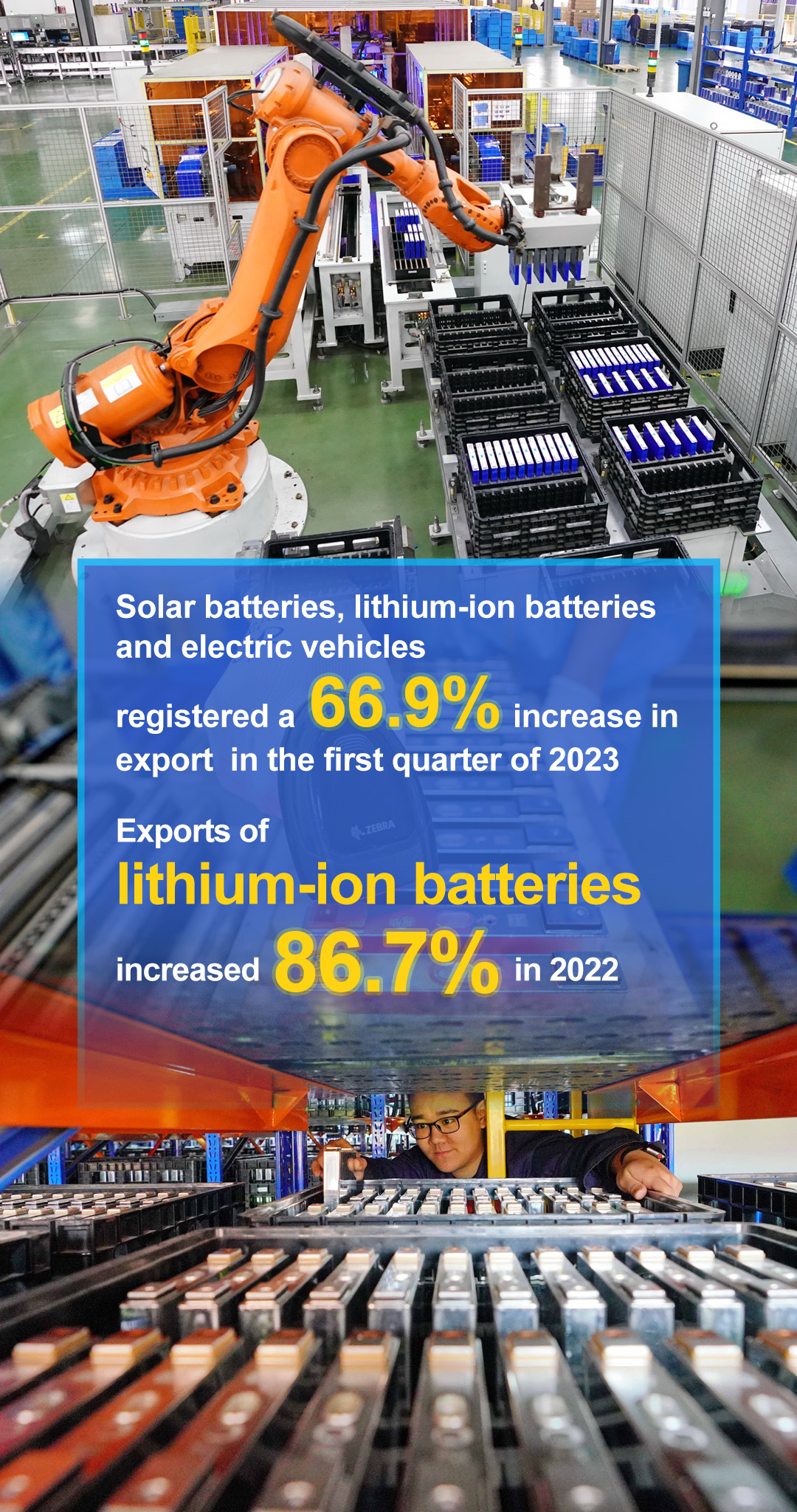
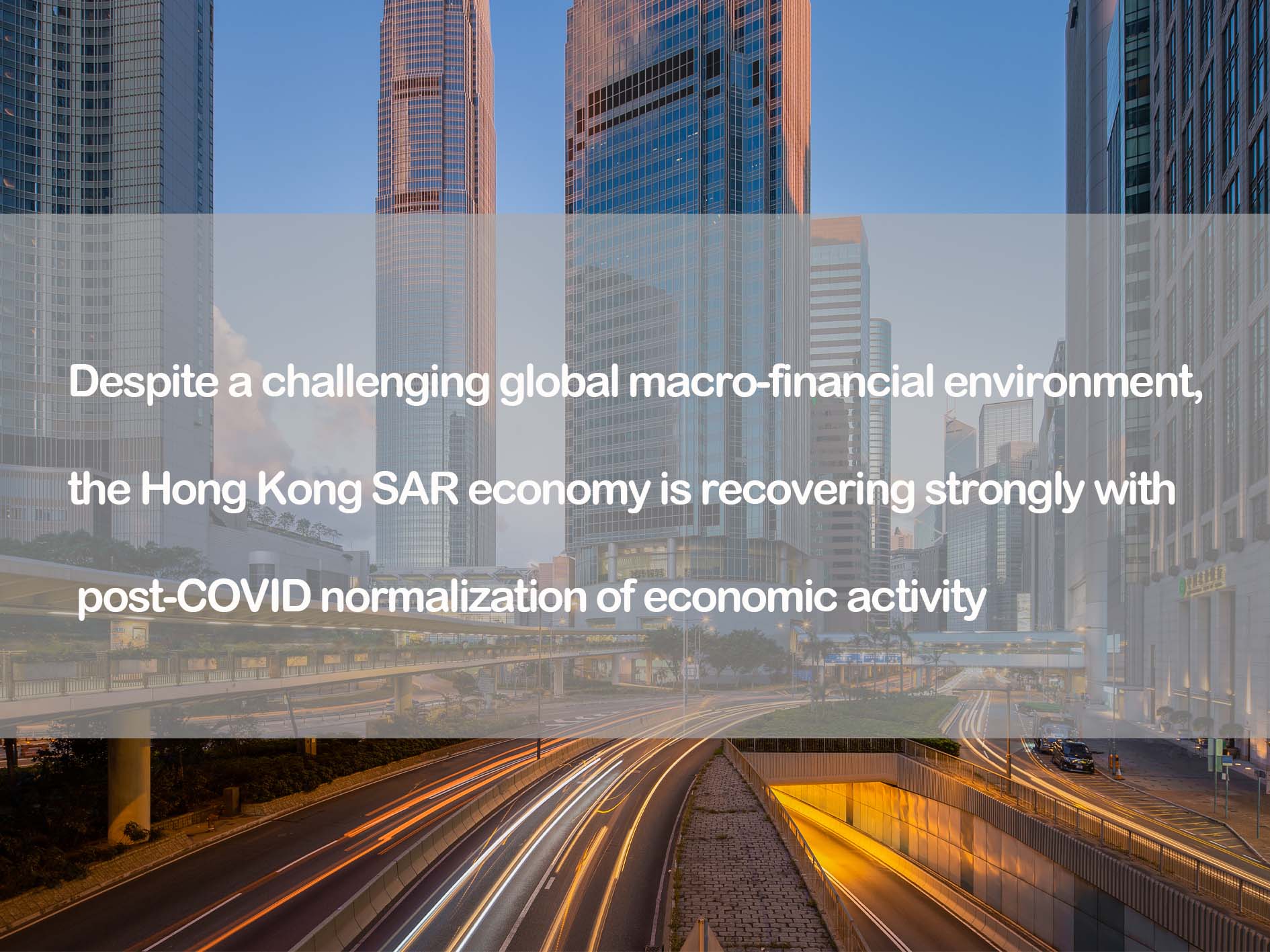


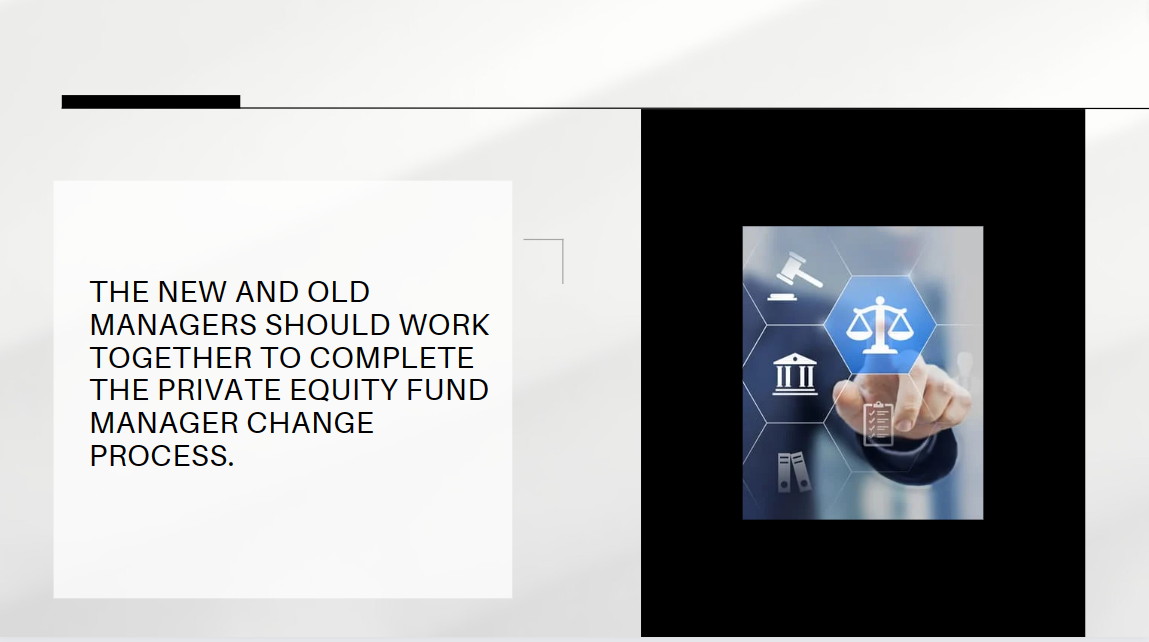
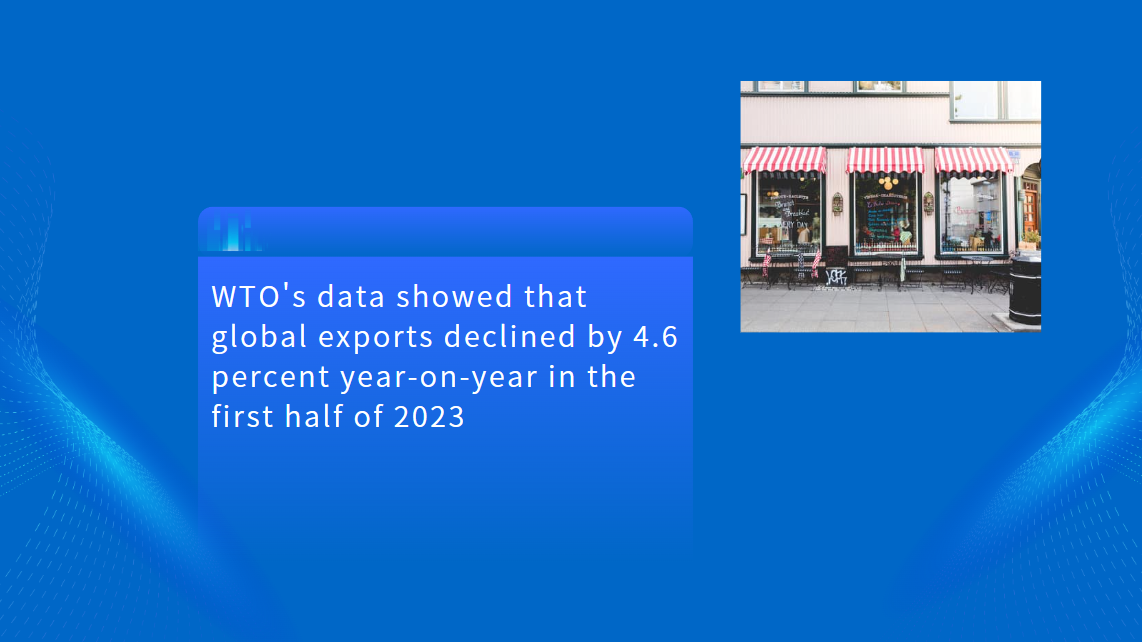
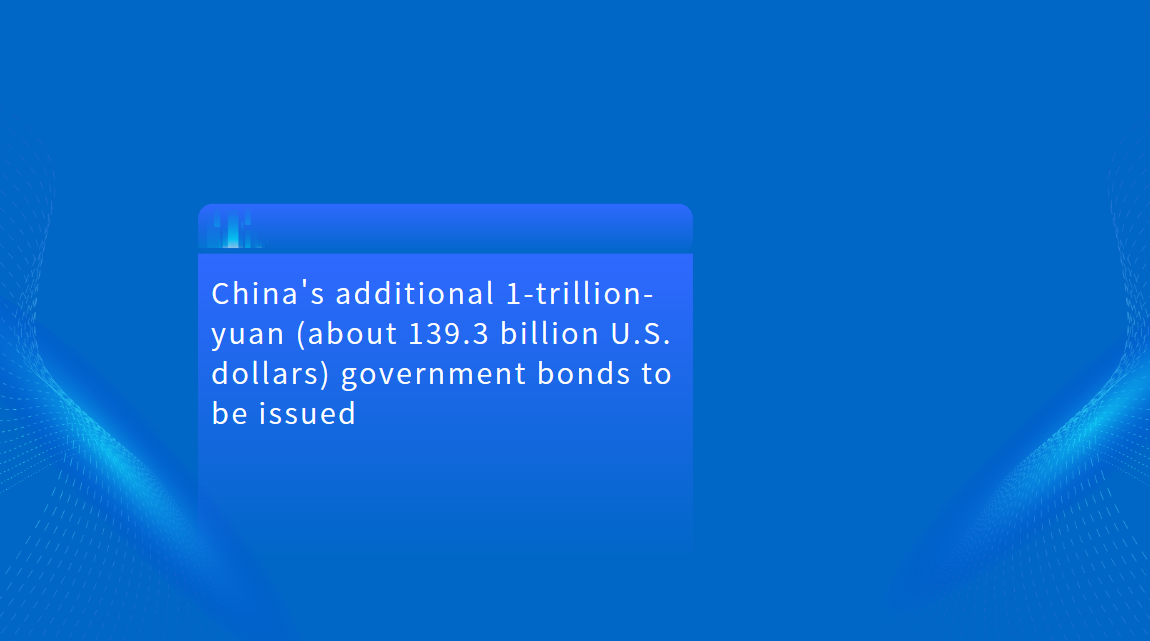
































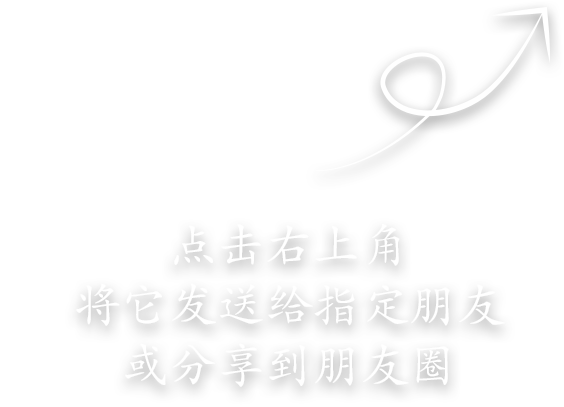
First, please LoginComment After ~